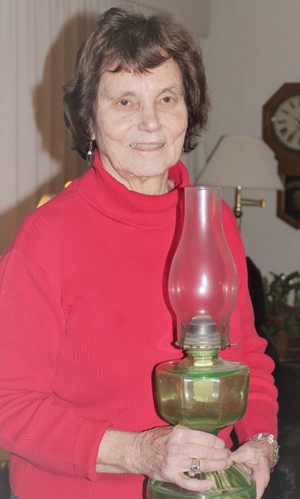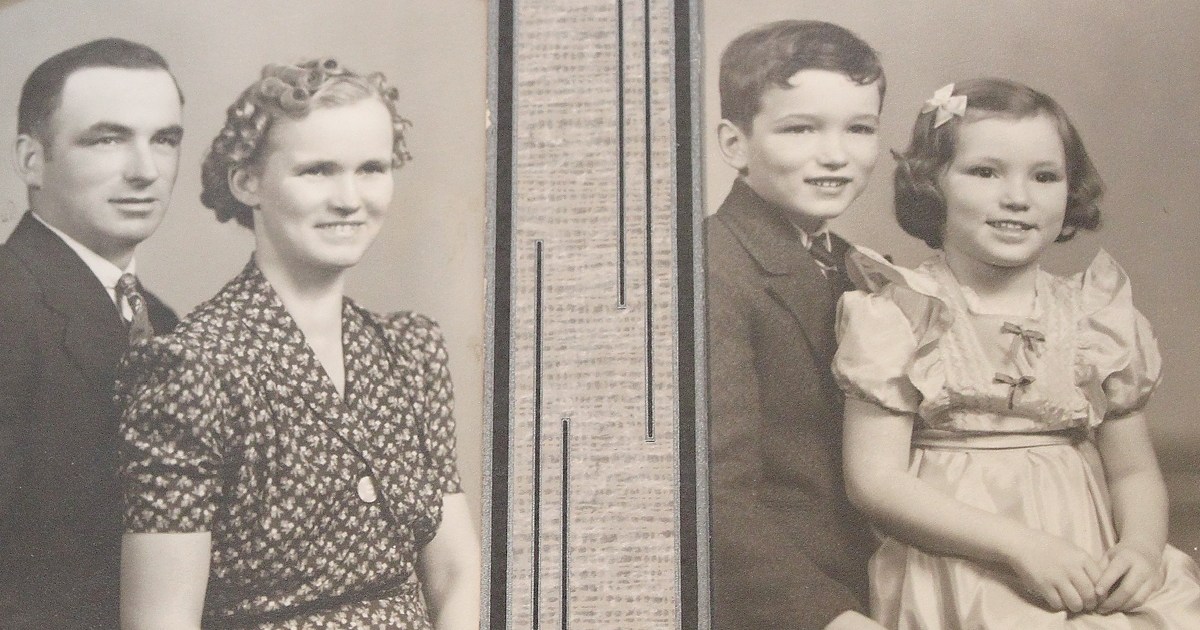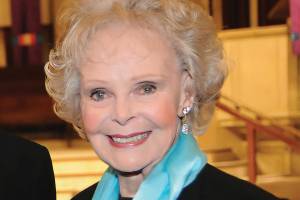By SUZANNE WARING
Author Russell Rowland’s book, In Open Spaces, tells the story of the pioneer Arbuckle family. This is an enjoyable fictional account of life on a large ranch in Southeast Montana.
Interestingly an authentic Arbuckle family has lived in Carter County since 1898. Kay Arbuckle Craig, granddaughter of George Lee Arbuckle, has stories about her youth on a sprawling 20,000-acre ranch with several families living and working together through good and sorrowful times for three generations.
George Lee, first came to Montana as a cowboy. His father had moved to Rapid City from Cedar Falls, Iowa, and worked as a cobbler. As a young man, George Lee worked for a large cattle operation called the Three V’s outfit in southeast Montana. When they pulled out, they owed George back wages, so they gave him what became the core ranch with the encouragement that he get married.

Craig’s grandmother, Catherine, had a millinery shop in Belle Fourche, South Dakota, before she married George Lee. Once ensconced on that isolated ranch, she became a community-minded person. She started the Albion public library, a woman’s club, and the Home Demonstration Unit for women.
George Lee and Catherine had eight children, but disaster took two of them. The Arbuckles had attended a social gathering where babies and coats were piled on a bed. When Catherine checked on James, she discovered the baby had smothered under a coat.
In 1920, another son, George Lee Jr., was with the hired man taking feed across the Little Missouri River to cattle. The boat capsized in high water from spring runoff. The young Arbuckle drowned, but the hired man was able to get to shore. It was almost two months before they found the Arbuckle boy’s body that had been buried under sand.
Of the remaining children, the three daughters, Pamelia, Catherine, and Margaret, married and moved from the ranch. John, Frank, and Bill, who was Craig’s father, stayed on the ranch, married, and raised their families there.
Craig’s mother, Lina, was a hundred percent Finnish. She came to the area as a school teacher. When she took the job, she was told that she was to take the train to Belle Fourche, South Dakota, and then take the stage to the tiny town of Albion. She soon learned that the stage consisted of riding with the mailman. On the way they passed the Arbuckle ranch, and the mailman said to her, “Three bachelors live on this ranch, and you will likely marry one of them.”
Over the years other homesteaders realized that the area was not conducive to farming and left. “I know of at least six homesteads that became part of the ranch,” said Craig, “The families would often walk out and leave what they couldn’t take with them. Our family moved those houses around, and my parents were living in one when I was born.”
The family ranch was one mile from Albion which was about twelve miles north of Alzada. When Craig was young, Albion had a post office, community hall, school, and two grocery stores. Craig attended the one-room school there from first through eighth grade, and her mother was her teacher six of those eight years. Altogether Lina Arbuckle taught in area schools for thirty years. She usually had around twenty students, and a good percent came from their own ranch.
When Craig looks back, she marvels at her parents’ intent on getting everyone to school even in terrible weather. In the winter, her father put runners on a wagon pulled by a team and took them to school. Her mother was responsible for maintaining heat in the school and for keeping the schoolhouse clean as well as teaching the children.
Something her mother often said was, “There’s always something good in everything. You have to look for it.” Craig assumed her mother meant, in this instance, that she found something positive about being the school janitor.
The ranch ran cattle and sheep. “I remember my dad saying that the sheep often paid for the cattle,” said Craig.
Over the years the families had many hired men and sheep herders. The sheep herders lived in sheep wagons either out in the pastures with the sheep or within the compound. When they were parked nearby, they ate with the families.
“Mother never seemed to mind feeding hired hands, and if someone dropped by, she would add a plate at the table. During the school term, she always had food that my dad could warm up for a hired man and himself.”
Craig went to high school in Ekalaka which was 60 miles away where she had to board with families. Unless there was a special event, she went home every weekend. She remembers one weekend that the weather was so bad that they had to drive to Broadus which was 60 miles away, then to Miles City for another 79 miles, next to Baker which was 80 miles, and finally to Ekalaka which was 35 additional miles to get her back so she would be in school on Monday morning. “My father didn’t blink an eye about doing that,” said Craig.
Craig decided she wanted to attend the University of Montana. Her parents put her on the train at Baker, and she spent all day getting to Missoula 600 miles away. Her parents didn’t have a telephone, so she mainly depended on letters to communicate with them. On several occasions, her parents wrote that they would go to the telephone office in Belle Fourche on a certain date and would call her from there. “It was so wonderful to hear their voices,” said Craig.
All of Bill and Lina’s four children—Billy, Kay, James Arthur, and Margaret Evelyn —grew up knowing they would go to college, and they did. However, tragedy struck this family too. The youngest son, James Arthur, died from cancer when he was twenty-four years old. The third child, Margaret Evelyn, had a heart condition from birth, but the parents had never told anyone, including her.
She grew up galloping horses and tossing hay as any girl on a ranch would do. Then after she became an adult and married she had an attack and died at the age of twenty-two. This was a very difficult time for the family. Later Craig asked her parents how they got through that sorrowful time. Her father’s response was a saying that he often used, “You gotta do what you gotta do. That’s all you can do.”
Her mother responded with a Finish word. It was “sisu” which means inner strength.In addition to Bill’s four children on the ranch, John had three children. Tragedy also struck John’s family when their son, George, also drowned in the river. Later John found that he enjoyed working with heavy equipment, so he moved to Belle Fourche and earned a living running an excavation company. That left Bill and Frank to run the ranch.
Frank was single for a long time, but when he married, he brought to the ranch a widow with four children and later they had one additional son.These children were in the same age range as the other children so there were always children to play and work with. Among Frank’s stepchildren was the author, Russell Rowland’s, mother.
For many years, the family went shopping in Belle Fourche only several times a year. “It is rather ironic that we drove in three states –Montana, Wyoming, and South Dakota—to get there,” said Craig.
Over the years two large ranch houses were built within the ranch’s compound. “They were showplaces,” said Craig. “One was built before I was born, and the one we lived in was built in 1947. The carpenter came to the ranch and lived there while he worked on the houses. We had a windmill plus later a light generator with batteries, so the houses were wired and had running water,” Craig said.
“Many people think eastern Montana where the ranch is located lies in flat country, but it isn’t,” said Kay Craig. “I like to say that it’s located in the foothills of the foothills of the Black Hills. There are two large hills created by erosion on the ranch. One is called Arbuckle Hill and the other one, Rattlesnake Hill. From the top of Rattlesnake Hill, the ranch compound can be seen in its entirety as part of huge open country.“The Indians would come through the ranch on their way to and from the reservation, and they would always kill a calf for their own use. “My grandfather never objected. The Indian women would bring their sick babies to my grandmother, and she would heal them with poultices. As a gift, the Indian women would give all the Arbuckle children a pair of moccasins,” said Craig.
Time passes, and today the wife of Frank’s youngest son owns what is left of the Arbuckle Ranch. Kay Craig moved away when she married, and her parents retired to Belle Fourche. Gone forever, those days continue to provide Kay Arbuckle Craig with vivid memories of growing up on a ranch in an isolated part of Montana. MSN








